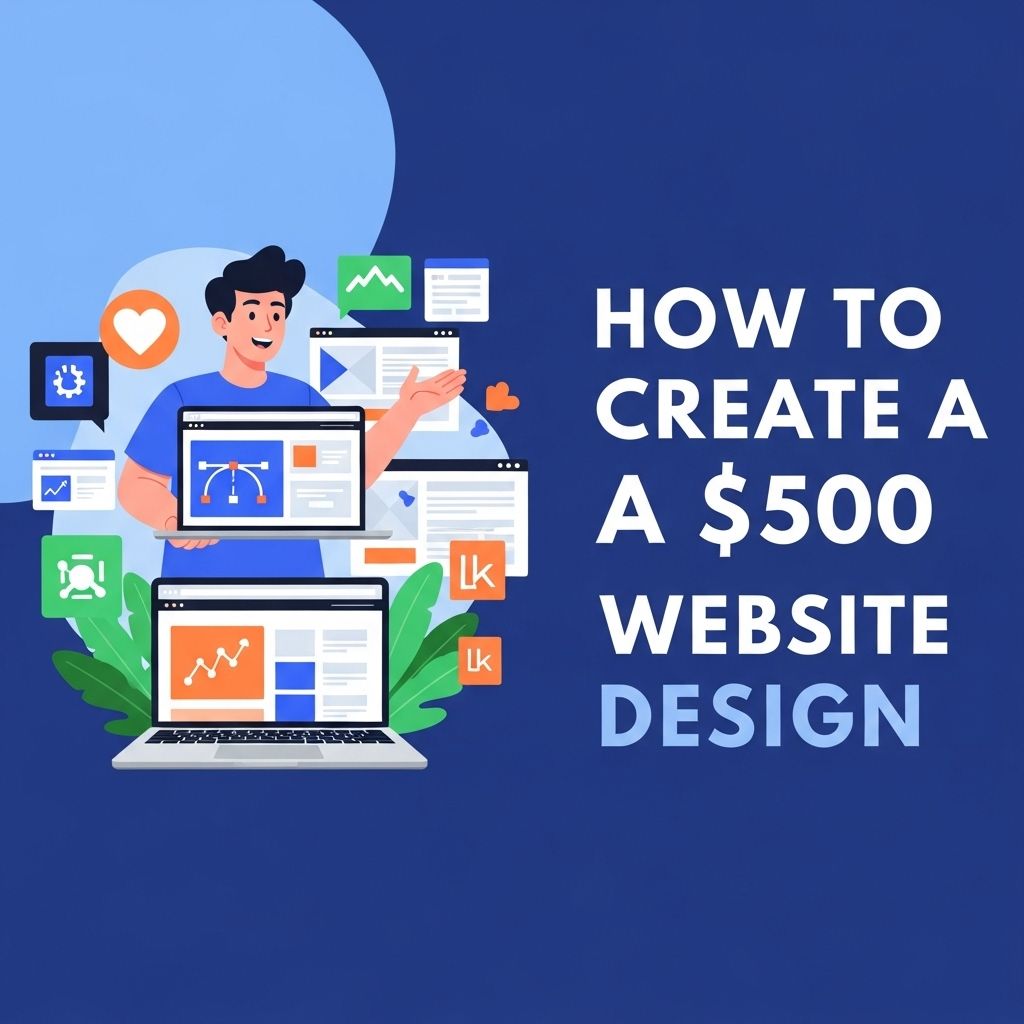In today’s digital age, a well-designed website is essential for businesses aiming to boost their income. With the increasing competition online, web design plays a pivotal role in attracting and retaining customers. A professional and visually appealing website enhances user experience, fosters trust, and encourages visitors to take action. Here are some invaluable web design tips that can elevate your site and, ultimately, your revenue.
Understanding Your Audience
Before diving into design elements, it’s crucial to understand who your audience is. Creating a user-centric design will not only improve navigation but also increase conversion rates. Consider the following:
- Conduct surveys or interviews to gather insights.
- Utilize analytics tools to monitor user behavior on your site.
- Build personas to understand user needs and preferences.
Choosing the Right Color Scheme
Your color scheme sets the tone for your website and can significantly affect user perception and behavior. Here are some tips for choosing the right colors:
- Understand Color Psychology: Different colors evoke different emotions. For example, blue conveys trust, while red encourages action.
- Limit Your Palette: Stick to a maximum of three primary colors to maintain visual harmony.
- Contrast for Readability: Ensure that text color contrasts well with background color for improved readability.
Effective Typography
Typography is more than just choosing a font. It involves understanding how fonts affect readability and user experience. Here’s how to make typography work for you:
- Select Readable Fonts: Choose fonts that are easy to read across all devices.
- Maintain Consistency: Use a consistent font style and size throughout your site.
- Use Hierarchy: Establish a clear hierarchy with headings, subheadings, and body text to guide users.
Mobile Responsiveness
With over half of web traffic coming from mobile devices, ensuring your website is mobile-responsive is non-negotiable. Here’s how to optimize for mobile:
- Implement Responsive Design: Use flexible grids and layouts that adapt to various screen sizes.
- Optimize Loading Speed: Compress images and leverage browser caching to improve performance.
- Test Across Devices: Regularly test your site on multiple devices to ensure compatibility.
Streamlined Navigation
A clear and intuitive navigation structure enhances user experience. Consider the following strategies:
- Keep it Simple: Limit the number of menu items to avoid overwhelming users.
- Use Descriptive Labels: Use clear labels that describe the content users can expect to find.
- Implement Breadcrumbs: Allow users to track their location within the site easily.
High-Quality Visuals
Images and videos are powerful tools in web design. They can communicate messages quickly and effectively. Here are some tips for using visuals:
- Invest in Quality: Use high-resolution images and videos that reflect your brand.
- Optimize Media: Ensure all images and videos are optimized for fast loading.
- Implement Alt Text: Use descriptive alt text for images to improve SEO and accessibility.
Call to Action (CTA)
CTAs guide users toward desired actions, such as making a purchase or signing up for a newsletter. Make your CTAs effective with these tips:
- Use Action-Oriented Language: Encourage users with verbs like “Download,” “Subscribe,” or “Get Started.”
- Make CTAs Stand Out: Use contrasting colors and ample whitespace around buttons.
- Place CTAs Strategically: Position them where users are likely to see them, such as the top of the page or at the end of articles.
SEO Best Practices
While design is crucial, making your site easily discoverable is equally important. Implement these SEO practices:
- Keyword Research: Identify keywords relevant to your audience and incorporate them into your content.
- Meta Tags: Optimize title tags and meta descriptions to improve click-through rates.
- Internal Linking: Use internal links to guide users through your site and improve SEO.
Utilizing Analytics Tools
Tracking user behavior through analytics tools is vital for continuous improvement. Consider these metrics:
| Metric | Description |
|---|---|
| Bounce Rate | Percentage of visitors who leave after viewing only one page. |
| Average Session Duration | The average time users spend on your site. |
| Conversion Rate | The percentage of users who complete a desired action. |
Regular Updates and Maintenance
Lastly, keeping your website up to date is crucial. Regularly update content, check for broken links, and refresh the design as needed. Consider the following:
- Schedule routine audits to identify areas for improvement.
- Update content to reflect current trends and information.
- Engage with users by responding to feedback and inquiries.
Conclusion
By implementing these web design tips, you can create a visually appealing, user-friendly website that not only attracts visitors but also converts them into customers. Prioritizing user experience, mobile responsiveness, and SEO will set your site apart in a crowded digital landscape. As trends continue to evolve, staying adaptable and open to change will ensure your website remains effective in driving income growth.
FAQ
What are the key elements of effective web design?
Effective web design includes clear navigation, mobile responsiveness, fast loading times, and visually appealing layouts that enhance user experience.
How can I optimize my website for better conversion rates?
You can optimize your website by implementing clear calls-to-action, using persuasive copy, simplifying forms, and ensuring your site is mobile-friendly.
What role does SEO play in web design?
SEO is crucial in web design as it helps improve your site’s visibility on search engines, driving organic traffic and ultimately boosting income.
How can I use color psychology in web design to influence users?
Using color psychology can enhance user engagement; for example, using blue can create a sense of trust, while red can evoke urgency.
What are the best practices for creating a user-friendly website?
Best practices include intuitive navigation, consistent design elements, optimized images, and ensuring accessibility for all users.
How can I make my website stand out from competitors?
To stand out, focus on unique branding, high-quality content, interactive features, and a tailored user experience that addresses the needs of your target audience.




